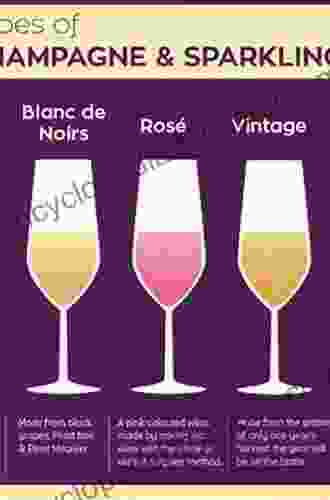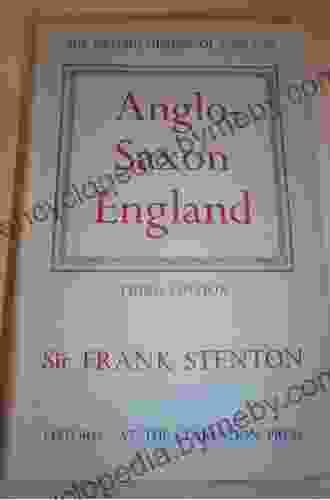The Business of Champagne: A Toast to Success

An Enchanting Legacy: The Birth of an Icon
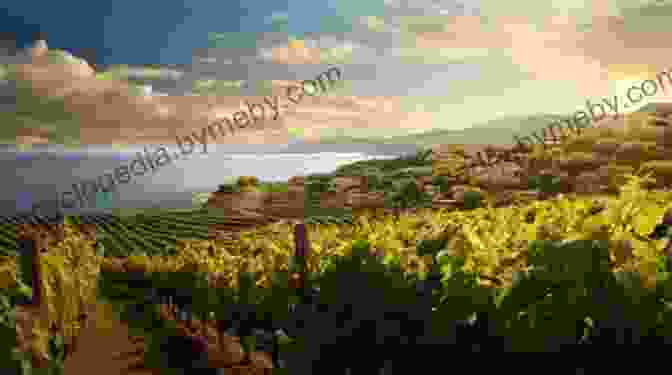
5 out of 5
| Language | : | English |
| File size | : | 2088 KB |
| Text-to-Speech | : | Enabled |
| Enhanced typesetting | : | Enabled |
| Word Wise | : | Enabled |
| Print length | : | 241 pages |
| Screen Reader | : | Supported |
Champagne, the effervescent embodiment of celebration, has captivated the world for centuries. Its origins can be traced back to the rolling hills of the eponymous region in northeastern France, a land where chalky soil and a temperate climate have conspired to create the perfect terroir for growing exceptional grapes.
Legend has it that the Benedictine monk Dom Pérignon, cellar master at the Abbey of Hautvillers, accidentally discovered the secret to Champagne's effervescence in the late 17th century. However, it wasn't until the 19th century that the production of Champagne truly flourished, thanks to advancements in technology and the tireless efforts of visionary winemakers.
The Alchemy of Creation: From Vine to Bottle

Creating Champagne is a delicate and time-consuming process that demands meticulous attention to detail. The grapes, predominantly Chardonnay, Pinot Noir, and Pinot Meunier, are harvested by hand to ensure the highest quality.
After a gentle pressing, the grape juice undergoes a first fermentation in steel tanks or oak barrels. This process transforms the sugar in the juice into alcohol and carbon dioxide, which is later released as bubbles during the second fermentation.
The second fermentation takes place in individual bottles, where the wine is aged for an extended period of time. During this aging process, the wine develops its characteristic complexity and finesse.
The Prestige of Place: Appellations and Grand Crus

The Champagne region is meticulously divided into appellations, each with its own distinct soil and climate conditions. The most prestigious of these are the Grand Crus, which produce the finest and most sought-after Champagnes.
The classification of vineyards into appellations and Grand Crus ensures the authenticity and quality of Champagne. It also reflects the unique connection between the land and the wine that is produced from it.
The Art of Blending: A Symphony of Flavors
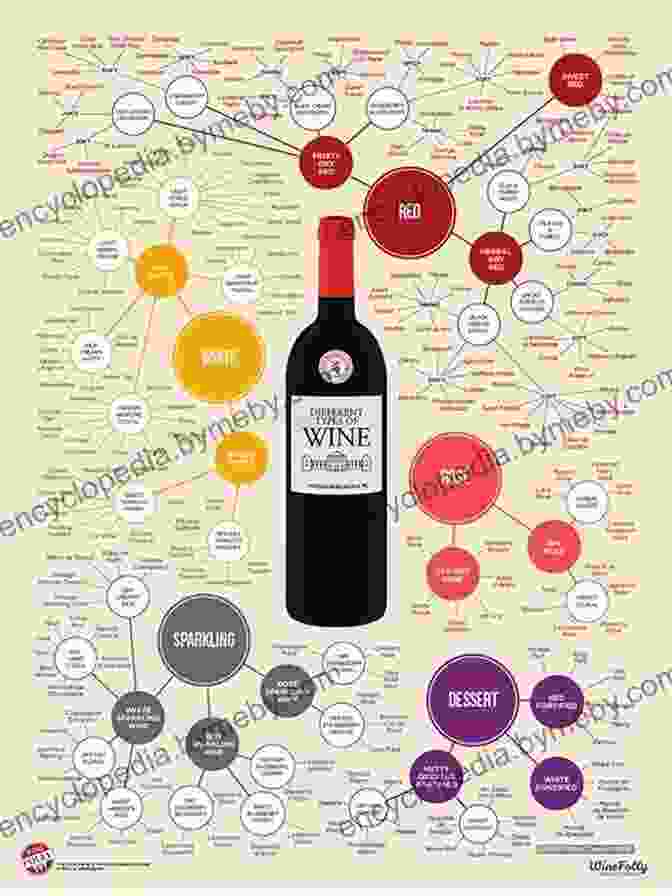
One of the most distinctive features of Champagne is the blending of different vintages and grape varieties. This delicate process requires a keen understanding of the nuances of each wine, as well as the ability to balance the various elements into a harmonious whole.
Masterful blending creates Champagnes that exhibit a wide range of flavors and textures, from the crisp freshness of blanc de blancs to the rich complexity of vintage blends.
Marketing Masterstrokes: Building a Global Empire
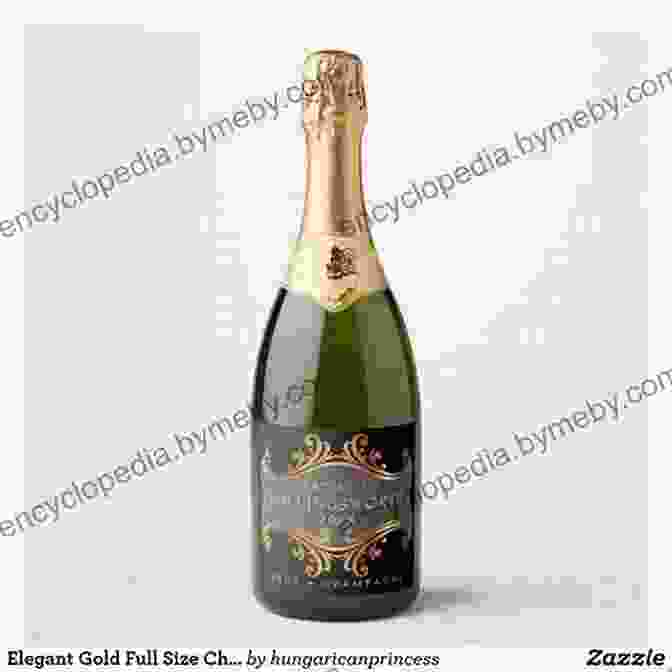
Beyond its exceptional quality, Champagne has also achieved worldwide acclaim through its innovative marketing strategies. The iconic bottle shape, with its sloping shoulders and distinctive cork, has become instantly recognizable.
Champagne houses have also invested heavily in creating luxurious brands and associations with celebrity and high society. These strategic initiatives have elevated Champagne to the status of a luxury product, synonymous with celebration and indulgence.
A Toast to the Future: Champagne's Enduring Legacy

The Business of Champagne is a captivating tale of artistry, innovation, and commercial success. From its humble origins in the vineyards of France to its global dominance as a symbol of luxury and celebration, Champagne has captured the imagination of the world.
As we raise a glass to the future, we can be confident that Champagne will continue to enchant and inspire for generations to come. May its bubbles forever bring joy, celebration, and a taste of the good life.
For a deeper dive into the fascinating world of Champagne, be sure to discover "The Business of Champagne," an illuminating book that unravels the secrets behind the region's unparalleled success.
5 out of 5
| Language | : | English |
| File size | : | 2088 KB |
| Text-to-Speech | : | Enabled |
| Enhanced typesetting | : | Enabled |
| Word Wise | : | Enabled |
| Print length | : | 241 pages |
| Screen Reader | : | Supported |
Do you want to contribute by writing guest posts on this blog?
Please contact us and send us a resume of previous articles that you have written.
 Book
Book Novel
Novel Page
Page Chapter
Chapter Text
Text Story
Story Genre
Genre Reader
Reader Library
Library Paperback
Paperback E-book
E-book Magazine
Magazine Newspaper
Newspaper Paragraph
Paragraph Sentence
Sentence Bookmark
Bookmark Shelf
Shelf Glossary
Glossary Bibliography
Bibliography Foreword
Foreword Preface
Preface Synopsis
Synopsis Annotation
Annotation Footnote
Footnote Manuscript
Manuscript Scroll
Scroll Codex
Codex Tome
Tome Bestseller
Bestseller Classics
Classics Library card
Library card Narrative
Narrative Biography
Biography Autobiography
Autobiography Memoir
Memoir Reference
Reference Encyclopedia
Encyclopedia Hannah Pryor
Hannah Pryor Adam Frankel
Adam Frankel Vatsala Sperling
Vatsala Sperling Dounya Awada
Dounya Awada Mary E Hagle
Mary E Hagle Naomi Shihab Nye
Naomi Shihab Nye Darya Ahmadi
Darya Ahmadi A J Stewart
A J Stewart Travis Eliot
Travis Eliot Matt Reiner
Matt Reiner Stephanie Fast
Stephanie Fast 005 Edition Kindle Edition
005 Edition Kindle Edition Lily Collison
Lily Collison Monica Beyer
Monica Beyer Adam Makos
Adam Makos Sue Shephard
Sue Shephard Lisa Schirch
Lisa Schirch Leo Timmers
Leo Timmers Creative Task
Creative Task Virginia Morris
Virginia Morris
Light bulbAdvertise smarter! Our strategic ad space ensures maximum exposure. Reserve your spot today!

 Virginia WoolfPrinceton Review AP English Literature and Composition Prep 2024: Unleash...
Virginia WoolfPrinceton Review AP English Literature and Composition Prep 2024: Unleash...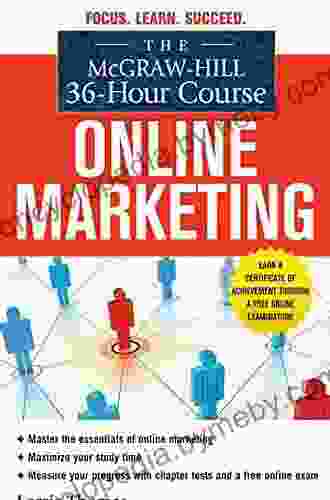
 Jamal Blair**The McGraw-Hill 36-Hour Course: Master the Essentials of Business in Just...
Jamal Blair**The McGraw-Hill 36-Hour Course: Master the Essentials of Business in Just...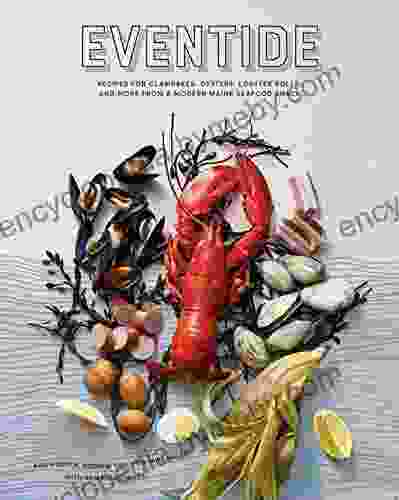
 Fabian MitchellIndulge in Coastal Delights: Recipes For Clambakes, Oysters, Lobster Rolls...
Fabian MitchellIndulge in Coastal Delights: Recipes For Clambakes, Oysters, Lobster Rolls... Isaac AsimovFollow ·15.9k
Isaac AsimovFollow ·15.9k Robert HeinleinFollow ·16.4k
Robert HeinleinFollow ·16.4k Stephen KingFollow ·5.7k
Stephen KingFollow ·5.7k Travis FosterFollow ·11.8k
Travis FosterFollow ·11.8k Walt WhitmanFollow ·5.3k
Walt WhitmanFollow ·5.3k Isaac BellFollow ·15.4k
Isaac BellFollow ·15.4k Richard AdamsFollow ·19.7k
Richard AdamsFollow ·19.7k Winston HayesFollow ·13.3k
Winston HayesFollow ·13.3k
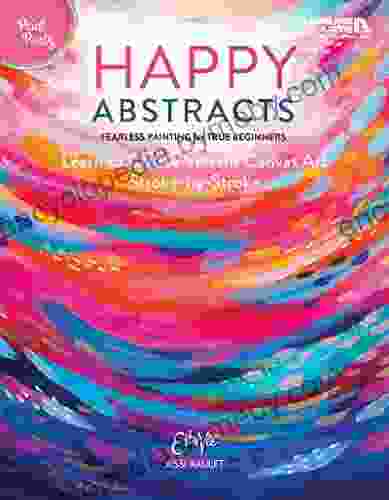
 Timothy Ward
Timothy WardFearless Painting for True Beginners: Learn to Create...
Unlock the Joy of...

 Fernando Pessoa
Fernando PessoaProven 12-Step Program for Financial Peace of Mind:...
Are you struggling with...

 Chinua Achebe
Chinua AchebeLayers Colors Desire: Layers Colors Thoughts Mystery
A Literary Labyrinth...

 Fernando Bell
Fernando BellUnearth Hidden Treasures: Journey Through "Secondhand...
Prepare to embark on an extraordinary...
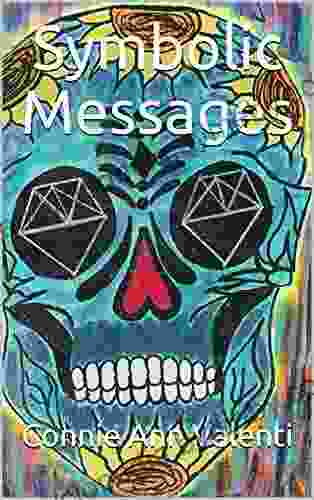
 Caleb Carter
Caleb CarterSymbolic Messages Garage Sale Mysteries: Unveiling the...
Welcome to the extraordinary world of the...
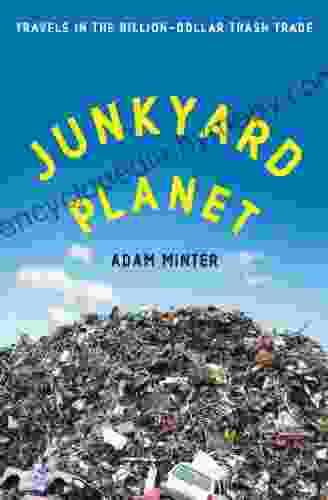
 Nikolai Gogol
Nikolai GogolTravels in the Billion Dollar Trash Trade: Uncovering the...
Ỡ In his...
5 out of 5
| Language | : | English |
| File size | : | 2088 KB |
| Text-to-Speech | : | Enabled |
| Enhanced typesetting | : | Enabled |
| Word Wise | : | Enabled |
| Print length | : | 241 pages |
| Screen Reader | : | Supported |


